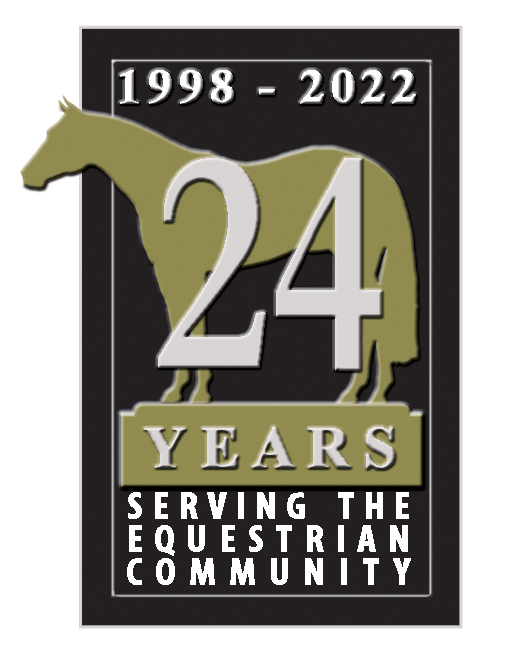Pet Talk – When Does A Horse Need A Farrier
October 15, 2009When Does a Horse Need a Farrier?
We all know what it feels like to break a fingernail or toenail, and it is certainly not comfortable. Luckily for humans, we do not have to walk or stand on that nail after it has been cracked or split. Horses do not have the that same luxury. When a horse cracks or splits his nail, the results can be especially painful since the horse must continue to stand and walk on the broken nail. A horse cannot just clip his own toenail off; that must be done through the services of a professional farrier.
A farrier’s job is to provide shoes for horses, and to administer care to hoof problems. The Texas A&M College of Veterinary Medicine & Biomedical Sciences does a great deal of work on lame horses, and a big part of treatment for horses’ hooves often requires therapeutic shoeing, and a specialist who knows what to do.
“Hoof growth is a constant occurrence, though the rate of growth is affected by several variables” said Jason Wilson-Maki, professional farrier for the Texas A&M College of Veterinary Medicine, and graduate of the Heartland Horseshoeing School. “Weanlings can grow as much as half an inch a month; yearlings grow slightly less. A mature horse will grow roughly .38 inches per month. An aged horse has a slower rate of about .25 inches a month. The seasons also play a factor in hoof growth. During the summer when forage is plentiful the growth rate burgeons. Winter growth rates are usually slower. Another contributing factor is exercise. A fit horse who is worked daily will have a greater growth rate. This is most likely due to an increased metabolic rate. Individual genetic factors should also be considered: some animals just grow more foot. Extrapolating from these growth rates, a schedule of four to eight weeks should be followed for hoof maintenance.”
There are several signs that will inform an owner that a horse needs the ministrations of a farrier.
“The first that comes to mind is excessive length” Said Wilson-Maki. “This is a subjective area and hard to quantify, but excessive length will lead to chipping, breaking of the horn and stumbling. Though not a hard and fast rule, if the wall extends beyond the solar surface more than a quarter of an inch, a trim may well be in order. If a horse is shod, other indicia will be present. If the rear third of the foot has grown to the edge of the shoe or the clenches have become raised, the horse should be reshod. If a shoe becomes sprung or loosened attention would also be required.”
If lameness arises your first call should be to your veterinarian, but a farrier may be able to offer a degree of insight. If the problem is hoof related, the farrier may be a valuable asset to your vet. The most efficient practice for assuring proper hoof care is regularly scheduled hoof maintenance by a skilled farrier. This schedule should be dialed in to your horses’ specific requirements.
“Hoof care and farriery is as much an art as a science. Never say always!” said Wilson-Maki. “Employ a competent and educated farrier who is willing to listen to your concerns, and follow a schedule that fits your horses’ needs. Perhaps most importantly do not allow a single ideology or belief to cloud your judgment. Many horses functions well barefoot while others can’t limp to the pasture without some form of hoof protection. There are many hoof care systems and methods which can be utilized to achieve the goal of a sound, functioning horse. Allow the horse to decide which method works best for him.”
The benefits to clients of the Texas A&M College of Veterinary Medicine have been tremendous ever since they hired full time farrier Jason Wilson-Maki last fall.
“The direct communication between the clinicians and myself benefits the animal by reducing the risk of a miscommunication. If I have any technical or application concerns, these issues can be discussed” said Wilson-Maki. “This facilitates an individualized, comprehensive treatment for the animal which accomplishes the goals of the attending clinician and stays in step with the fundamental principles of sound farriery.”
The farrier service at the veterinary medical teaching hospital has given the clinicians at the Texas A&M College of Veterinary Medicine another tool for helping their patients who are in need of a farrierneed help with their hooves.
ABOUT PET TALK.
Pet Talk is a service of the College of Veterinary Medicine & Biomedical Sciences, Texas A&M University. Stories can be viewed on the Web at .
Suggestions for future topics may be directed to cvmtoday@cvm.tamu.edu.


